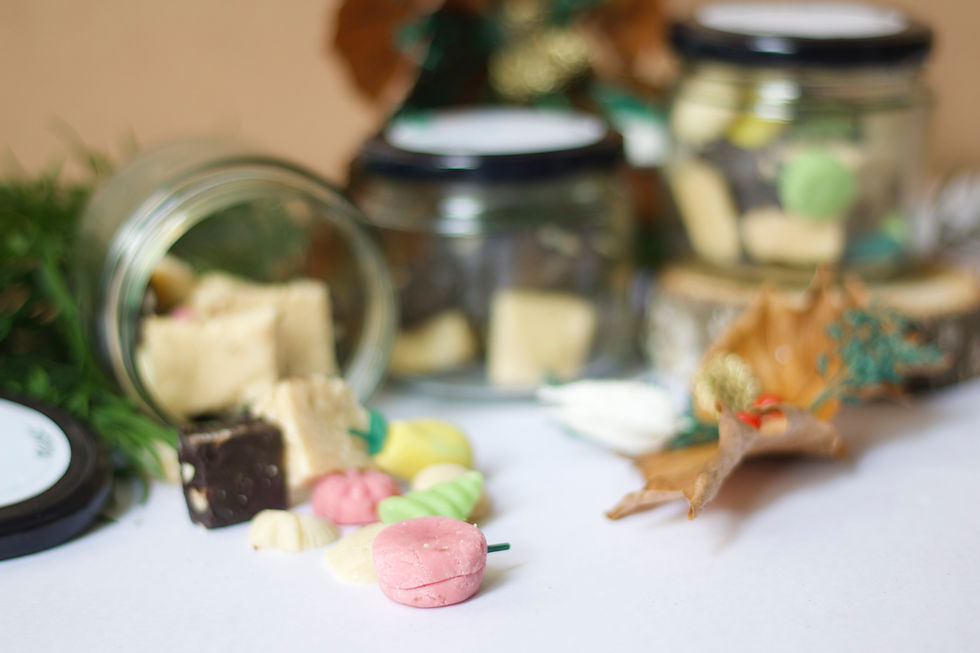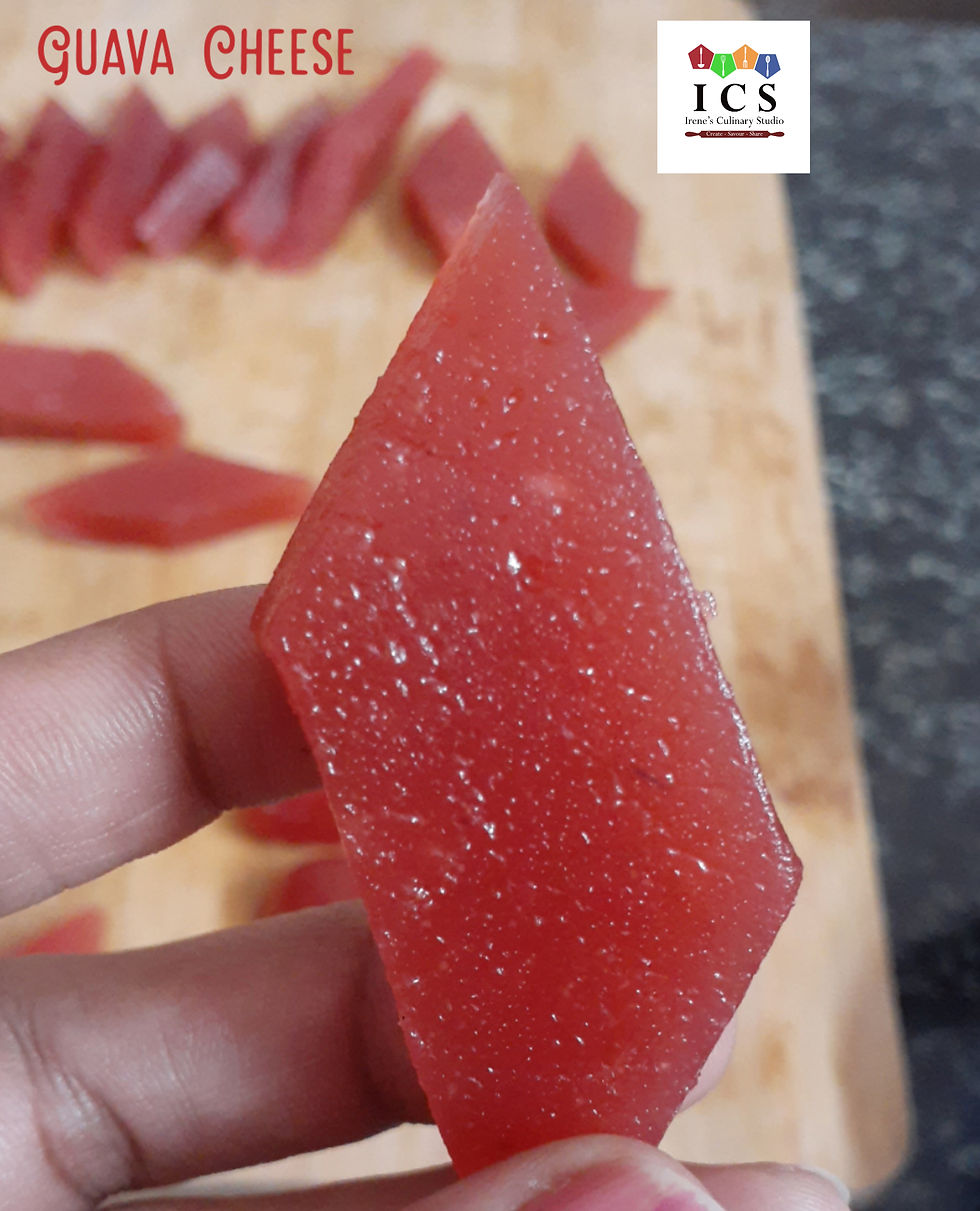Peek into the consuada to understand the bounty of Catholic Christmas culinary traditions.
Joanna Lobo
It’s that time of the year when the stars and cribs come out to play. The decorations are set up, lights twinkle in windows and kitchens get busy preparing sweets. The Goan Christmas sweet tray or the consuada (kuswar in Konkani) is an important part of the festival. These sweets pay tribute to the abundant fare available in the state, namely coconut, black coconut jaggery (madachem god), and cashew nuts, among others.
It is believed that 21 sweets and some savoury items adorn the tray – crispy mandares (rice chips), puffy voddes (deep fried sweet bread), marzipan (a cashew and sugar sweet, usually coloured and shaped to look like fruits), bolinhas (small cakes resembling coconut cookies, made coconut, sugar, semolina, egg yolks and butter), nankhatais (sugar, butter and flour combined to create a white, snowy-looking cookie), and baath (a rich coconut cake with pastry lattice work on it) among others.

This sweet-laden tray is sent out to neighbours and friends and offered to visitors so they can partake in the Christmas bounty. The kuswar is a matter of pride in many families, and are distinguished by the quality and the quantity on the plate.
Here’s a glimpse of some of the sweets available in Goa in this season.
Milk cream
A soft and delicious toffee-like fudge is typically made during this season. It melts in the mouth, releasing milky creamy, nutty flavours. Milk cream is made using full cream, condensed milk, and cashew nuts (finely powdered). It is characterized by its white colour, which is obtained by constantly stirring the milk on a low flame so it doesn’t burn. The final formed structure is put in moulds to create different shapes (usually seashells). People usually eat it a day later when the chewy fudginess has mellowed down a bit.

Bebinca
The most beloved Goan sweet, bebinca is a rich, multi-layered egg-based cake. It is made of simple ingredients like egg yolks, ghee, coconut milk, nutmeg and flour. Cooking it is an art form – each layer is baked separately, before the next one is added. A good bebinca is judged by the number of layers, their thinness, and the texture of the final cake.
Perad
This guava cheese (Portuguese: goiabada) is like the aam papad – sweet, soft, chewy with a slight tartness. Guavas have natural pectin – obtained after straining the seeds – which works as a thickening agent for this dark red/pink sweet. Simply made with sugar, lime, butter (or ghee), it is another dish that requires constant stirring. Perad is also known as guava cheese. It can also be eaten like a jam; if removed before it is fully cooked, the thinner consistency makes it easier to spread.

Kokad/ Cocada
Another coconut heavy sweet and also stark white, is Cocada or Kokad, sometimes called coconut cheese. It is made with semolina and coconut, has a crunchy coating and soft insides with notes of cardamom or vanilla that sing through. The key to preparing this sweet is knowing the right time to take the mixture off the gas, so it can be patted into shape - it is usually diamond-shaped and some add colour to the sweet to distinguish it from doce.
Doce
Doce de Grão (sweet grain) is a fudge made with chana dal (split gram), coconut and jaggery. It has some ghee, and cardamom. The chana dal and coconut mixture is cooked with sugar – and stirred continuously – till it leaves the sides of the pan. Then, some ghee and cardamom is added in and the hot mixture is left to cool in a container or on a marble slab. It is cut into squares or diamonds and sometimes scored on the top with a fork. It has a thin dry crust and is soft within.
Gons Or Teias de Aranhas
These spindly-looking tender coconut sweets are also called Teias de Aranhas. They are strips of tender coconut dipped into a hot sugar syrup, which cools and coats the strips forming a cobweb pattern. These are typically placed on a small circle of butter paper.

Gons (means bunches) has a short shelf life. The trick with acing this dish is in selecting the right tender coconut – not too soft and not too firm. The flesh is cut into thin long strips and cooked in a sugar syrup and then left to dry on butter paper till it hardens.
Letria
This eggy treat is also called Fios de Ovos or Angel’s Hair. It is made by dissolving egg yolk – through a sieve or strainer so as to create thin strands – into a sugar syrup. These fine bright yellow strands are then placed in a lattice pattern atop a sweet mixture of semi-matured coconut and a binding agent (bread/ egg whites), and dried fruits. Some people use flavouring like vanilla or almond essence or cinnamon.
Pinagr/ Pinaca
A rice-based sweet snack, pinaca or pinac looks like a croquette. It has the Goan red parboiled rice and gets its colour from black jaggery. Rice is mixed with salted water and then lightly roasted and powdered. It gets added to a dry mixture made of melted jaggery, coconut and cardamom. Once cooked, it is removed and shaped into small cylinders. When dried, the same powdered rice is used to coat the pinac.
Dodol
This toffee-like sweet is made from coconut milk, jaggery and red rice. It has the texture of a pudding and is sometimes studded with cashew nuts. This, like doce, is a difficult recipe and involves a lot of stirring. Jaggery and coconut milk are stirred continuously – to avoid lumps – till the mixture is reduced by half. It is cooked when it leaves the sides of the vessel.
Kormola/ Carambolas
These mildly sweet, fried treats look like flower buds and are thus called phoolancho kalyo. The dough is made with maida, eggs, sugar and coconut milk. It gets rolled out, cut into squares and then twisted at the ends to make a conch shell. Then these tiny bits are deep-fried till golden brown and crunchy.

Kulkul/ Kidiyo
This deep-fried snack with textured ridged edges is called kidiyo (worm). They look like shells or butter curls. Kulkuls are made with flour, rava, eggs, ghee, sugar and some coconut milk. Though a simple recipe to pull off, forming the curls takes time and is usually a group activity. Once the dough is formed, it gets shaped into small balls, spread out on the back of a fork or comb and then rolled into a curl. This is then deep fried in oil. Generally crunchy, variations include a dusting of sugar on the top, or a sugar glaze.
Neuri
Neureos are flaky, crescent-shaped pastries packed with a sweet coconut filling with dried fruits, or a dry filling of gram, moong flour and powdered sugar. They are commonly prepared at Diwali and Ganesh Chaturthi too. In India, they are routinely called karanji or gujia.
Where to buy it
Fiona Pinto in North Goa takes orders for milk cream, marzipans, nankhatais, cakes, pudding, and more. Call 8826000962.
Quitero’s take orders for dodol, doce, batkh, neureo, fruit cake and their specialty, gons. Call or WhatsApp 9112284949
Samantha Pereira takes orders for marzipan. Call 96734 43087
Zelia Almeida in Panjim takes orders for dodol and bolinhas (Christmas), and doce throughout the year. Call 9823542689
The Goan Kitchen (started by Crescy, and Oliver Fernandes) has a Christmas hamper containing 33 items – including doce, jujubes, rose cookies, bolinhas, kormola, kulkuls, coconut macarons, pinag, and more. Call 8007762121. Visit thegoankitchen.com
Carmen Noronha in Porvorim sells marzipan, bath, cake, bolinhas and more. Call 9146917787/ 8308024392
Christabelle Dias of Christy’s Paradise in Cansaulim makes dodol, bebinca, pinag, neuris, bath, cocada, rose cookies and more. Call 7083543816
Eulalia Dacosta specializes in kormalos, kulkuls and neuros. Call 8411893440
Irene Dias of Irene’s Culinary Studio traditional Goan Kuswar sweets: marzipan, perad, kulkul, bebinca and more. Call 7517594465
Adna Mendes of Adna’s Weekend Bakes makes cocada, dodol, doce, marzipan, perad, jujubes, cake, milk toffee and more. Visit Facebook
Belfania Dias of Bell’s Cakes and Pastries in Santa Cruz is taking orders for gons, neuris, kulkuls,
Pascoal Bakery and Luizinha Stores in Mapusa market are always stocked with sweet, Go early to get the pick of the rest.


Comments